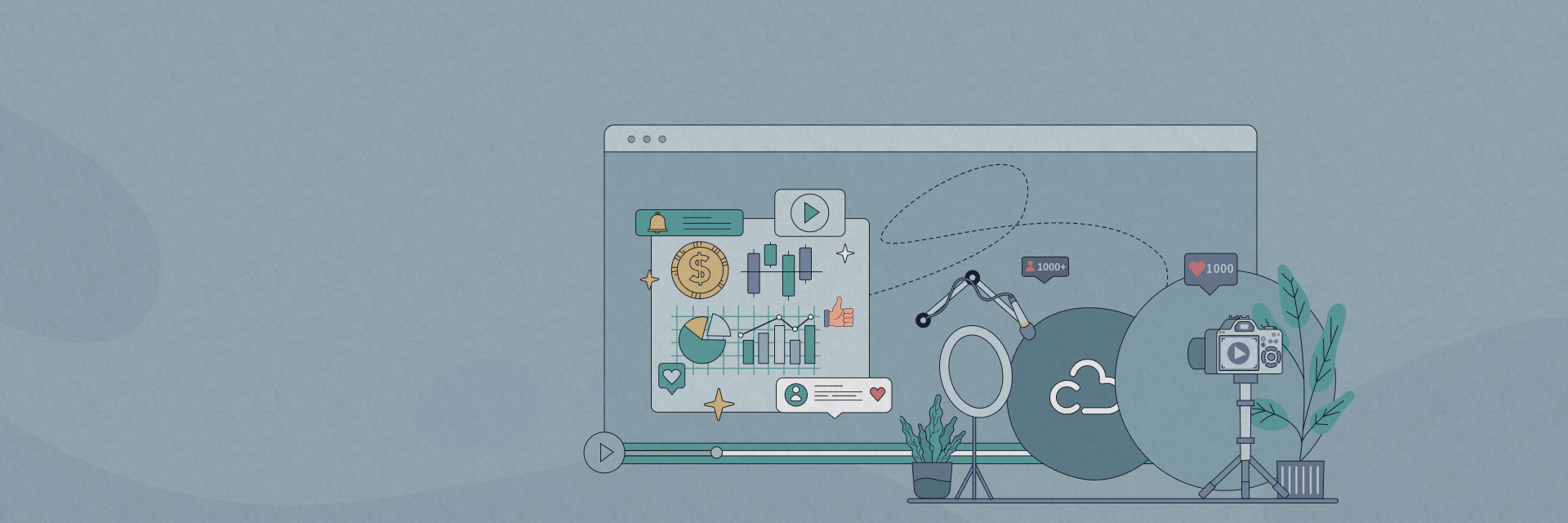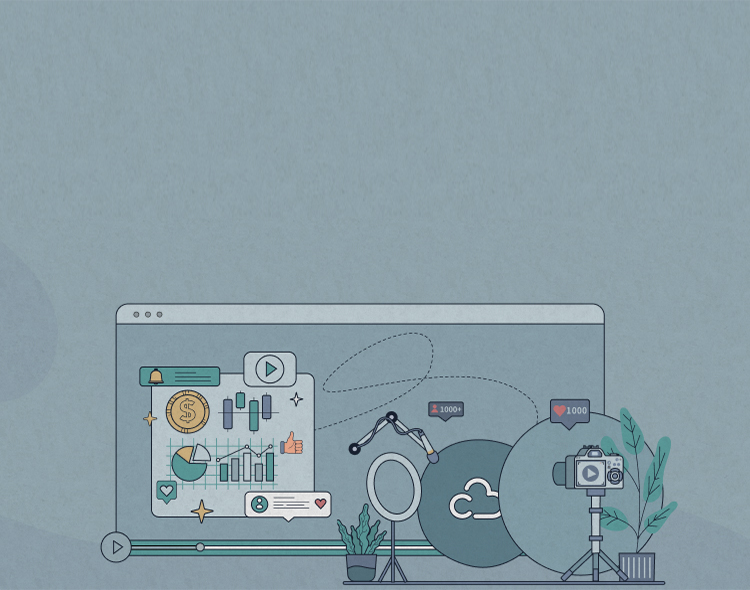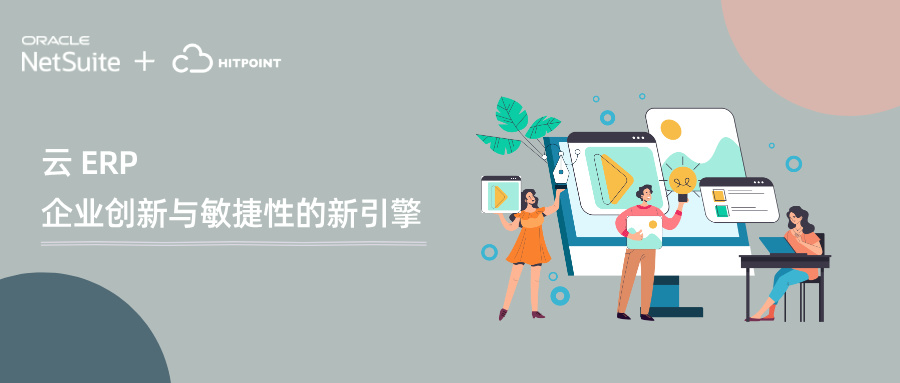In today's rapidly changing business environment, companies face unprecedented challenges. The accelerating pace of innovation, constantly changing customer demands, and increasing industry convergence have made it difficult for many companies' business software to keep up with their rapidly changing business needs. To remain competitive, companies must continuously innovate, develop new products, new business lines, and new customer support and supply chain functions. However, many businesses find themselves stuck with multiple complex and inflexible traditional IT systems. Managing these systems not only consumes significant resources but also hinders efforts to reduce costs through system simplification and automation.
The outbreak of the pandemic has further heightened demands on business software, particularly in terms of resilience and agility. Some businesses were forced to shift to online subscription models, others faced sudden supply chain disruptions, and some opted to acquire new businesses with entirely different operational models. Traditional systems face numerous challenges when introducing new businesses, such as operational difficulties, high costs, and time-consuming processes. They cannot meet customer demands for self-service and mobile applications, nor can they quickly launch, modify, or shut down new companies, resulting in insufficient agility in the market. This has led corporate boards and management to re-evaluate the strategic impact of technology on business development, while IT departments face significant pressure to enhance the company's business innovation capabilities and agility.
Continuously improving IT architecture to drive business growth
Forrester Research notes that today's AD&D decision-makers must abandon inefficient traditional decision-making methods and instead adopt flexible, innovative solutions built around open ecosystems and microservices. However, less than 30% of global software decision-makers recognise the importance of these innovative elements. Many IT operational models built around cost management cannot meet the agility, adaptability, and innovation required by growing businesses, nor can they adapt to unpredictable market environments. Uncertainty also forces businesses to prepare for multiple scenarios when making investment decisions regarding both the areas and methods of investment. Many businesses adopt a small-scale investment strategy for experimentation and pilot projects to quickly respond to changes in market or customer demands.
CIOs must clearly understand business needs to make the right technology choices and address the complexity and inflexibility of traditional systems. The most effective approach is to develop change plans based on business needs, with decisions covering the next 6 to 12 months rather than the 5 to 10 years of the past. Any business application environment update plan must consider evolving business strategies to build a system that supports current needs while adapting to future growth. CIOs pursuing agility will focus on the design of business applications, while the growing maturity of standardised solutions reflects businesses' pursuit of simplicity, including licensed application software and the increasingly popular Platform as a Service (PaaS), Software as a Service (SaaS), and Business Process as a Service (BPaaS) solutions. CIOs need to clearly understand how to integrate these elements into the system architecture and the potential impacts they may have on operational models.
Two-tier ERP strategy: a new option for business development
Cloud technology has opened up a new world for CIOs and CFOs, allowing them to view IT infrastructure from different angles and providing innovative businesses with greater flexibility and agility. The two-tier enterprise resource planning (ERP) strategy is a good example. Unlike traditional ERP integration strategies, a two-tier ERP is an extensible strategy that provides the agility businesses need to develop new business models, integrate mergers and acquisitions, and drive innovation.
A ‘two-tier’ ERP strategy refers to a company running a traditional global ERP system at the group level or for existing business operations, while running a SaaS ERP solution separately at the branch or new business unit level. With the two-tier strategy, businesses can easily change how they integrate business models without needing to consolidate new entities into a single solution. These new entities can also utilise consolidated financial reporting functionality, known as the hub-and-spoke ERP model. The two-tier ERP strategy can significantly reduce capital and operational costs, enhance agility, be quickly adopted by end-users, and provide exceptional flexibility to support business growth and innovation when applicable.
For example, the operational models of traditional car rental companies and innovative car rental companies are fundamentally different, making the two-tier ERP strategy more suitable for the latter. Similarly, a retail grocery chain preparing to launch digital ordering and home delivery services would also benefit from adopting a two-tier ERP strategy for this new business model. The two-tier ERP strategy helps businesses meet new business requirements more quickly without the risk of business disruption when making changes for innovation. In addition to startups, acquired companies and joint ventures are also primary targets for ‘radiating branches.’ By implementing all ‘radiating branches’ on the same two-tier system, companies can more cost-effectively link, coordinate, and manage all local ERP instances, achieving standardisation at the branch level and gaining significant cost and operational advantages.
Characteristics of Innovative Companies and Oracle NetSuite Support
Companies with robust IT infrastructure to support business innovation and agility typically share common core characteristics, such as rapid scalability, swift response to market changes and customer needs, data-driven decision-making, and a highly innovative spirit. Innovative companies not only scale quickly based on customer needs but also easily expand global operations while ensuring compliance across global branches without increasing staff numbers. They can efficiently manage dispersed teams and automate manual processes wherever possible. Their infrastructure can flexibly scale with business growth without complex integrations. Innovative companies can swiftly respond to market changes and customer needs, learn from rapid failures, and turn failures into successes. They can quickly adapt to new regions, new market opportunities, and new business models. Innovative companies typically adopt data-driven approaches, enabling them to monitor real-time conditions across regions and branches at any time and place. They consolidate all customer, financial, and compliance information into a single source of truth. In their view, business development is a science, not an art, so they are accustomed to generating data and determining the merits of various methods through rapid testing. Innovative companies have a deep understanding of customer needs and pain points and can generate insights that guide business operations. They excel at combining knowledge from multiple disciplines to design unique solutions and stand out in competition through exceptional customer responsiveness and ease of use.
As a leading provider of cloud ERP solutions, Oracle NetSuite has been dedicated for over 20 years to helping businesses achieve growth, scale up, and adapt to change. The Oracle NetSuite cloud application suite covers areas such as finance/enterprise resource planning (ERP), HR, professional services automation, and omnichannel commerce, with over 37,000 customers worldwide. Oracle NetSuite supports businesses in maintaining competitiveness, achieving innovation, and agility in rapidly changing markets through its powerful functionality and flexibility.
-
2025/12/15
【Cloud Update | Event Review】Empowering Global Expansion for Restaurants with Oracle NetSuite at Its Core: Smart Stores at the Front End, Intelligent Brain at the Back End
-
2025/12/15
【New Customer Update | YONNY】 YONNY Partners with Oracle NetSuite × Hitpoint Cloud Global Supply Chain Integration Project Officially Launched
-
Digital Transformation Guide
2025/12/09【Cloud Goods Sharing】AI-Enabled Finance Transformation: How CFOs Can Leverage Artificial Intelligence to Boost Efficiency and Insight
-
Digital Transformation Guide
2025/12/04【Cloud Goods Sharing】Cloud Data Warehouse = “A Toy for Big Companies”? 5 Misconceptions That Are Slowing Down Your Growth!















